Transmigrants
May 20th, 2017
[portfolio_slideshow id=2213]
O ser humano ten por dereito, vivir en calquera parte, e da mesma maneira, estamos condenados desde o principio dos tempos a vagar, buscando o noso destino. Nacemos inmigrantes ou descendemos deles e somos parte da nosa historia, dun proceso que vai no ADN da humanidade. Os seres humanos móvense dun lugar a outro en busca dunha solución onde empezar ou continuar unha vida familiar, a procura do sustento para vivir, un traballo decente, unha casa con fillos, e sobre todo atopar a felicidade, unha quimera nese longo camiño.
O mundo, avanza nunha crise migratoria que vai de norte a sur e de leste a oeste. Nas Américas, as persoas viaxan miles de quilómetros de sur a norte, buscando mellorar económicamente nos Estados Unidos, como en África que cruzan a España para chegar a países ricos donde atopar unha oportunidade.
O norte é o progreso e a prosperidade, ou iso parece. O sur é pobre, esquecido na miseria. De leste a oeste, a xente viaxa a Europa, escapando das guerras que non son súas, dos governos dictatoriais, da continua falta de dereitos humanos. Foxen das súas cidades, dos pobos, co medo, de vivir en ameaza, e prefiren elixir a vida en lugar da morte, de non loitar por unha causa que non entenden, porque non é deles.
A crise da inmigración que azouta a Europa, é un exemplo de como os seres humanos seguen movéndose dun lugar a outro no planeta, en busca do futuro, dos seus fillos e da súa familia. É necesaria a loita dos seres humanos para seguir con vida e continuar co proceso da súa descendencia. O proxecto Transmigrants ten como obxectivo documentar os procesos e a vida destas persoas que veñen a Europa e atópanse coas barreiras infranqueables que non lles permiten vivir con dignidade, onde crían que todo podería ser un soño alcanzable.
O proxecto Transmigrants
Este é un ensaio sobre un proxecto de fotografía documental a longo termo (2003-2016), dun problema social como o é a migración, éxodo ou desprazamento de persoas fuxindo das guerras, dictaduras, dereitos humanos, provocadas e organizadas por aqueles que se empeñan en crear un mundo de ideas e políticas neoliberais e un novo orde mundial. Este é o segundo proxecto sobre migracións que levo a cabo despois de Galegos na Diáspora.
É importante documentar coa fotografía etapas das sociedades cambiantes, igual que fixeron outros autores sobre outras crisis sociais ou culturais. A fotografía documental axuda a outras ciencias, como o pode ser a socioloxía, antropoloxía, etnografía etc.
http://www.delmialvarez.com/transmigrants/
Amsterdam
May 20th, 2017
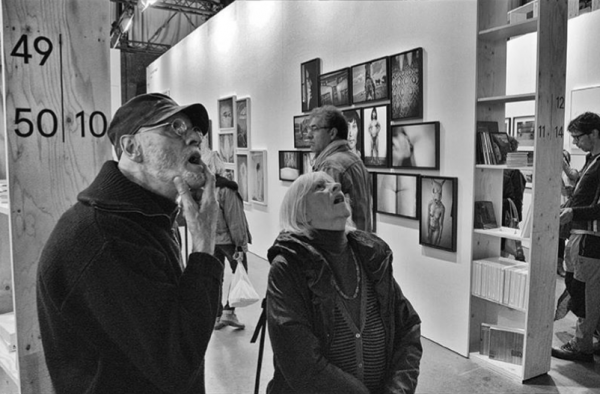
Nazaré
May 20th, 2017
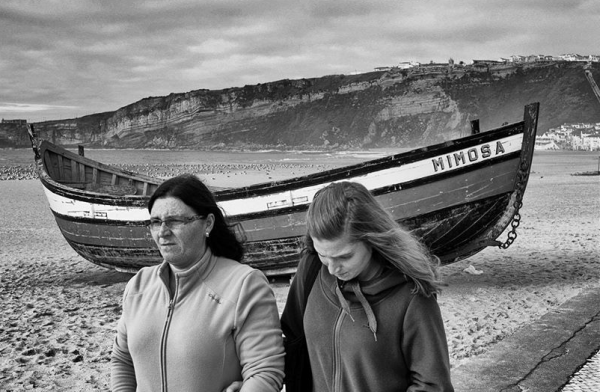
Abandonado
May 20th, 2017
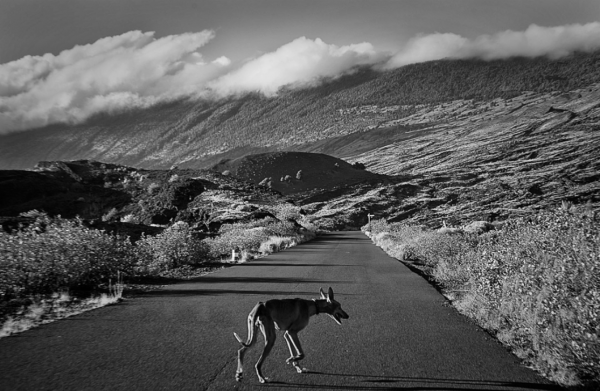
In the land of Alexander Pushkin
May 20th, 2017
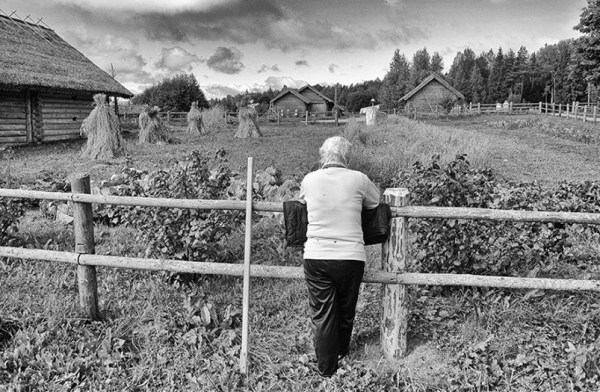
Outras diásporas
May 20th, 2017
[portfolio_slideshow id=2186]
Mar de Aldán
May 20th, 2017
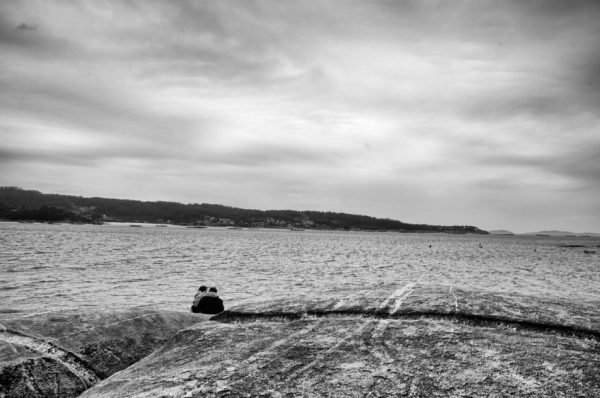
Domingo
May 14th, 2017
[portfolio_slideshow id=2171]
Zermatt
May 14th, 2017
[portfolio_slideshow id=2164]
Just a little thought about climate change
The mountain has always been for me one of the places where I have found peace and quiet. Due to a lung disease our parents took us from very young to the mountain, breathe fresh air and get that solitude outside of the cities that we are looking for. In a short and recent trip to the Swiss and French Alps I have been able to observe the great threat that is taking place and the uncertain future of climate change. But the worrying thing is also tourism. Thousands of tourists want to reach the top of the mountains, as if it were a race to be the best, upload the photos to social networks and ensure that they has been there. The problem lies not in the personal ego of each individual, but in the amount of garbage that generates and is scattered throughout the mountain, despite the great efforts of the governments of both countries to keep the ecosystem as pure and natural possible. To all this must be added the lack of snow every winter. There is recent reports, from fellows photographers Carl De Keyzer with his project Higher Ground (http://www.carldekeyzer.com/pro…/higher-ground-laj/XF9DCVNC-) about climate change and also John Vink documented a small town where years ago people were held isolated by the great snowstorms (https://www.magnumphotos.com/…/john-vink-white-gold-fairyt…/). The lack of snow means that many families can not live those months of skiing. Despite the fact that the millionaire investments in machinery to make snow are not enough.
Today the reality is quite different from our young years of alpinists, when Chamonix was a small town from where expeditions started. Now the small village is full of shops, crowds, cars, buses, and looks like a disgusting place.
Do should we put doors to the mountain to protect natural spaces or is it a question of environmental education?.
Once in Zermatt we wanted to show our twins the great iconic and majestic rock of Matterhorn. But today its beauty is enveloped by a layer of clouds that protect it of our looks. While many tourists are waiting in rows for the opportunity to photograph with their mobile phones.
The Matterhorn in a picture, Zermatt, Suisse, 2017